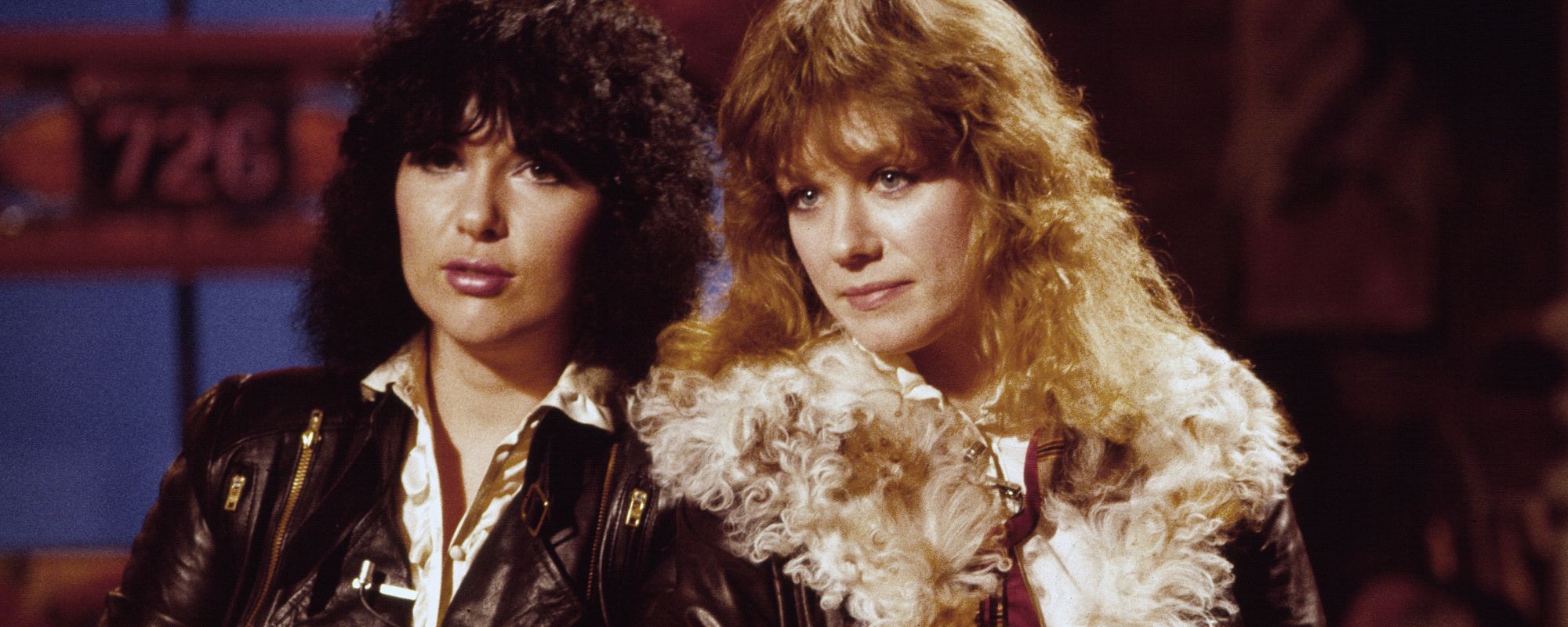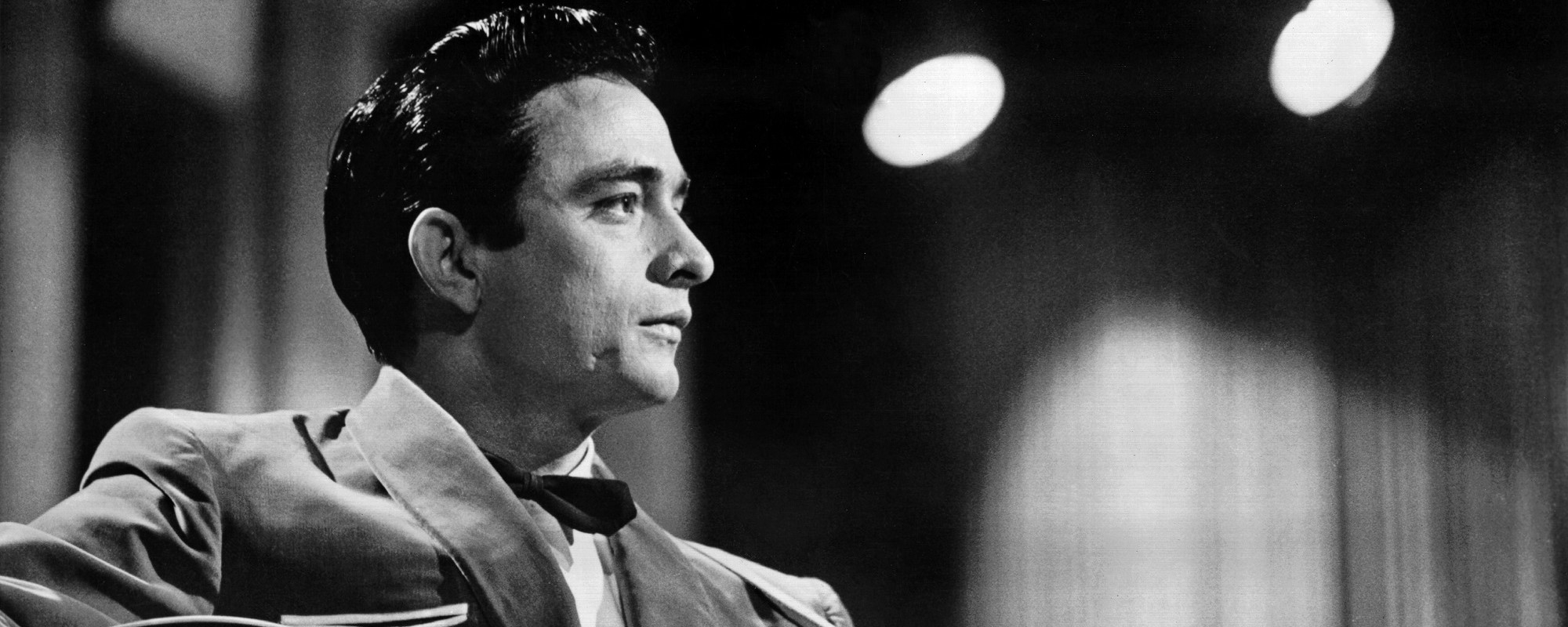Aerosmith delivered 21 US Top 40 singles throughout their career. That’s a pretty impressive number when you consider they never stopped being their bad-boy selves. And considering that they went through a nearly decade-long drought between hits.
Videos by American Songwriter
But what was the song that got it all started for them on the pop charts? It’s one that came as a bit of an afterthought at the end of the process for making their third album.
Finding Their Footing
Aerosmith managed to combine a splashy debut on the rock scene with a bit of a slow build to mainstream success. They signed to Columbia for a hefty six-figure sum, a deal orchestrated by mogul Clive Davis. By that time, they’d already garnered a strong live following on the East Coast.
If you look at the track lists for their first two albums (Aerosmith in 1973 and Get Your Wings in 1974), you’ll find many songs that have since become well-known among classic rock fans. While these tracks did well at rock radio, they didn’t squeeze onto pop playlists, at least at the time.
Their debut album contained their legendary power ballad “Dream On”, as well as the strutting rocker “Mama Kin”. From Get Your Wings came “Same Old Song And Dance” and their version of “Train Kept A Rollin’”. None of them did much on the pop charts.
“Emotion” in Motion
The band hoped for a breakthrough with their 1975 album Toys In The Attic. Sessions for the record were almost complete, but Aerosmith still had some time left in the studio that had already been booked. Producer Jack Douglas asked if anyone had any musical ideas worth pursuing.
That’s when bassist Tom Hamilton stepped to the fore. Hamilton hadn’t received a writing credit on either of Aerosmith’s first two albums. But he had a bass riff that he’d been kicking around for a few years, along with a guitar part that he’d written to accompany it. When the band heard Hamilton’s pitch, they knew it had potential.
From there, the rest of the group went to work. Guitarist Joe Perry and singer Steven Tyler helped concoct the evocative opening. Tyler then took a crack at the lyrics. Before long, “Sweet Emotion” was born, and it was chosen as the album’s lead single.
“Sweet” Success
Tyler has given a few different explanations for the lyrics of the song. In his autobiography, he claimed that some of the more accusatory lines were aimed at Joe Perry’s wife at the time. But other parts of the lyrics seem to be more related to Tyler’s penchant for jive-talking and nimble wordplay.
The combination of those elements helped the song break through to more of a mainstream pop audience. Granted, it only squeezed to No. 36 on the charts. But it did give them more national exposure, which helped when “Dream On” was released at the end of 1975 and went to the Top 10.
Even though they’ve released several higher-charting singles through the years, you could make a case that “Sweet Emotion” stands as perhaps the most important song of their career. It proved to be the rocking tip of the iceberg for Aerosmith’s chart dominance.
Photo by Ron Pownall/Getty Images










Leave a Reply
Only members can comment. Become a member. Already a member? Log in.